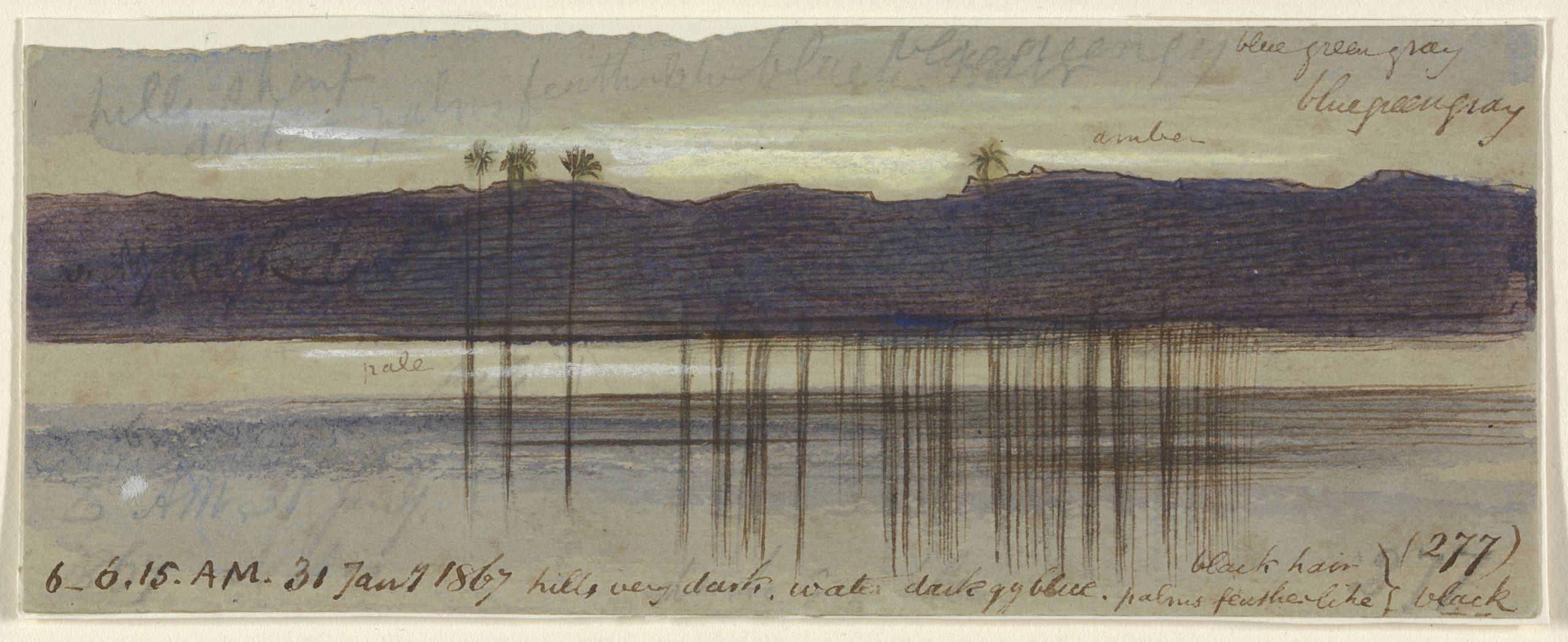
Admittedly. I was somewhat apprehensive when Grapevine asked me to do this review. But after attending this Ikon launch. I had nothing to fear but only art and an unexpected acquaintance to embrace. In this latest launch Ikon presented three exhibitions. Siknure – Let Me Live by Mayunkiki. Moment to Moment by Edward Lear and Women of Paradise by Farwa Moledina.
Born on the Japanese island of Hokkaido in the Ainu indigenous group. Mayunkiki presents a deeply personal and intimate insight into being born Ainu, and its interactions with the central government and western society. Personal items that belonged to various members of Mayunkiki’s family were seamlessly accompanied with the exhibited photographs. Further personifying the people that were so crucial to Mayunkiki’s experience of being born Ainu.
You walk away with an incredible insight into the part of Mayunkiki’s life that she has chosen to share. Later on that evening, Mayunkiki also performed with musicians from the Birmingham based Surge Orchestra. York’s Cafe on the ground floor of the Ikon Gallery, was filled with a crowded and friendly audience. Who were presented with an audience involved, playful and eclectic performance.
The fine lines in his works draw you in closer, welcoming an inspection. I felt like a castaway in a somewhat familiar place.
When I saw Lear’s landscape works. I panicked. I thought ‘Aargh no. Landscapes aren’t really my thing!’. But I proceeded to view this exhibition and was pleasantly surprised. Low level lighting paired with Lear’s pieces wrapped in their golden frames, create a feeling of stumbling across a sleepy seaside town.
The fine lines in his works draw you in closer, welcoming an inspection. I felt like a castaway in a somewhat familiar place. I was intrigued and enjoyed viewing Lear’s use of watercolours, graphite and ink to create his landscapes. The mixture of these mediums allowed me to step into the location. Leaving my imagination to fill in the architectural blanks.
Despite the sizes not being to scale in Lear’s pieces. He does well to capture the landscape’s vastness. This is what I experienced when looking at the piece Lago D’ldra 1867. Before viewing this exhibition I wouldn’t have described landscape paintings as personal. But in the pieces Luxuar 7:00 am Jan 1867, Luxuar 7:30 am 1867 and many others. Lear offered me a way to connect with these pieces through their names.
As Lear’s pieces progressed throughout the years in the late 17th century, I sensed a moderation of the landscapes. This may very well be my own interpretation but, there seemed to be less trees, less rural surroundings. I wondered about the aftermath of the industrial revolution and its relationship with rural areas. Did this influence Lear’s practice?
As I was taking in the exhibition – notebook in hand. I caught someone’s attention. Evelynn Wenman. A fellow artist, student at Coventry University and art technician. “Do you mind if I ask, what are you writing?”, she asked so pleasantly and extremely curiously. I told her how I was there on behalf of Grapevine Birmingham, and how potentially, I was going to write a review about the exhibitions.
As the conversation grew, Evelynn shared with me that she had been part of the preparation for the exhibitions, through an art technician trainee scheme advertised through Coventry University. Evelynn shared insight on the restoration and framing process of the work’s. The pieces had been so meticulously handled. Right down to the lighting, dimmed LED lighting had been used to protect the artworks in Lear’s exhibition from fading.
I then climbed up the winding staircase of Ikon to the top floor, to find the work of Farwa Moledina. The location of ‘Women of Paradise’ within the gallery for me, resembled my experience with religious buildings. A room above the main dwelling used for reflection, or intimate spiritual conversations. To have Women of Paradise there felt befitting.
Women of Paradise offered a moment of reflection, not only for Molendina’s artistic intention, which usually explores the identity of Muslim women within the Western World. But also her exquisite craftsmanship, detailed specific use of colour and texture. In Ikon’s Tower Room, sheltered above Birmingham’s busy Broad Street. Farwa Moledina’s reflective and informative artwork, aided as a moment of calm to close my experience of this exhibition.
Words by Amika for Grapevine Birmingham. Instagram: @visualsbywavez
